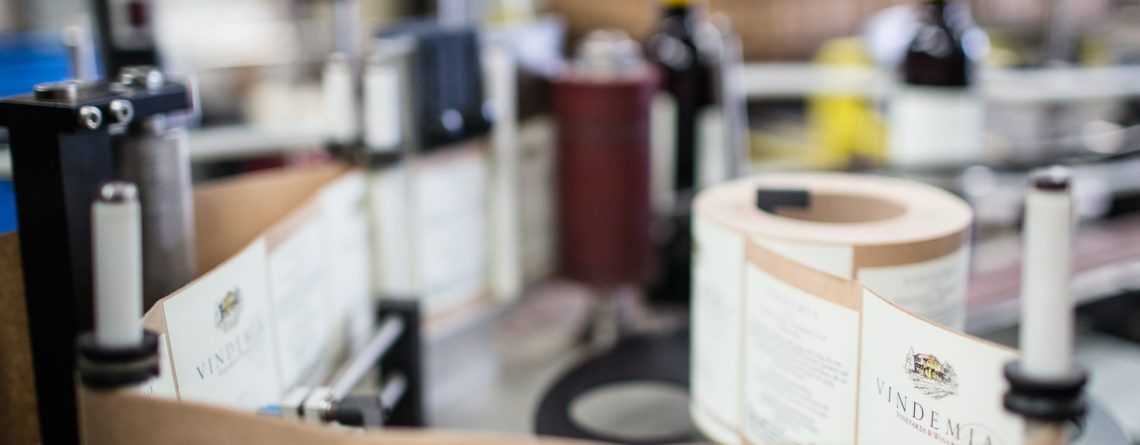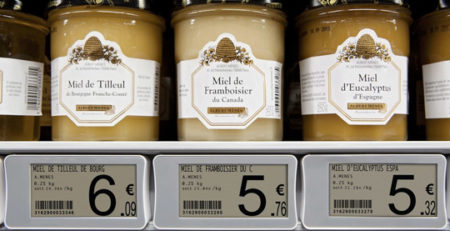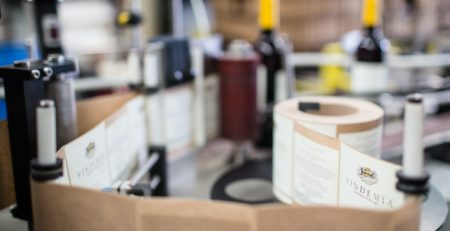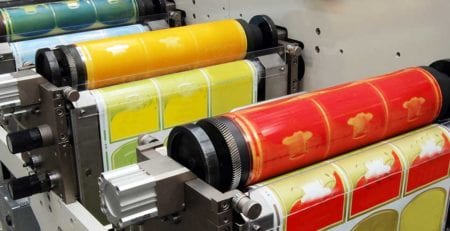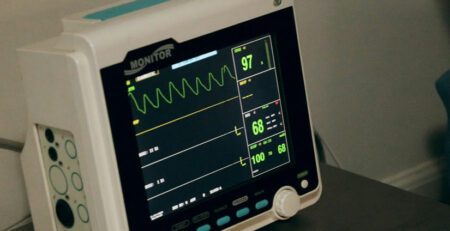5 Questions To Ask Before Beginning Any Print Labeling Project
When it comes to developing a product, there are many things to consider in terms of design and packaging. One thing, however, that tends to be overlooked in this process is that of the product labeling. Equally as important to the design and use of a product, labeling is a crucial step that provides customers with information (such as instructions or ingredients) and contributes to the overall visual appeal of a product.
Product labeling is not just about giving consumers access to find all the product info or meeting legal requirements. Labels are also the medium by which your product and company’s branding are visually tied together for the consumer. Before beginning to design your product’s label, there are five questions to consider beforehand.
What Is Your Desired Look?
Your label’s visual appearance is an important element. Unless a consumer is already familiar with your brand or product, the packaging and labeling will likely be their first visual interaction. When it comes to appearance, the old saying about first impressions holds true and applies to both people and products.
Consider the following elements carefully when you design a product label:
- Color scheme
- Fonts and font sizes
- Logo and/or artwork
- Layout
Your label’s appearance will be affected and determined largely by these four factors. Each design element should work together to create an overall visual theme that positively represents your product and company.
What Environment Will the Label Exist In?
The type of product being labeled (and its end use) will greatly impact your labeling project. With this in mind, you should consider the following:
Waterproofing
Think of your favorite shampoo. The labeling is probably printed right on the bottle itself. For products that require durable, non-removable labeling but will be stored or used in wet areas, printing labels on a waterproof medium or printing directly onto the packaging are possible solutions.
Precision Equipment
Sometimes the less permanent a label is, the better. If you are making parts for high-end or sensitive equipment, an easily removable label might be more appreciated by customers as opposed to one that is difficult to peel away.
Dirt and Grime
If you’re making products that will be used in harsh physical settings (industrial, agricultural, etc.), you may want to consider how well your label will hold up after a few routine workdays. Heavy-duty labeling and printing may be required so that your packaging can be wiped off or hosed down without destroying the labeling.
Are There Any Government or Industry Labeling Requirements?
The answer to this question will vary from industry to industry. For example, food labeling rules – which require you to list nutrition information and ingredients in a very specific way – are extremely different from the laws regarding medical device labels.
Industry groups and government regulators may have requirements or labeling standards, so make sure you understand your marketplace inside and out before you lock in any decisions regarding your label.
What Surface Will the Label Be Placed On?
This is a very practical consideration, yet, many people sometimes overlook this factor. The last thing you want is to be left with boxes of unusable labels because you tried to cut costs by printing on a cheap medium. This is why it’s important to consider how the label will interact and work with the surface of a product.
Think of all the possible forms a commercial product (or packaging) can take:
- Plastic or polymer
- Paper/cardboard
- Wood
- Fabric/fiber
- Metal
- Glass
These are only the most common possibilities, and each type of surface responds differently to different mediums and label adhesives. Always order a test run of labels to test on your product before deciding. Better yet, work with the skilled professionals at Royal Label to get advice on what sort of labels you need for your application.
Does the Label Require Any Variable Data (Bar Codes, Serial Numbers, or Lot Numbers)?
For commercial product labeling, the most common variable element will usually be a UPC or some other type of barcode. Barcodes can be used in-house to track all sorts of information about sales, unit movement, and production, or they can be standardized to work with a common point of sale system. A professional label supplier can help you decide what sort of barcodes or other dynamic elements you might need and how to get them printed correctly.
Label variables can also exist in the form of dynamic text or image elements. In this case, a word or image asset can be switched out to use the same basic label design for a variety of different flavors, versions, sizes, or batches of the same or similar products.
Possible dynamic variable elements on your labels might include:
- UPC codes
- QR codes
- Serial numbers
- Batch/version names (or alternate logos)
- Different instructions, promotional blurbs, flavor text, or ingredient lists for different versions of a product
Let’s Get Labeling!
Your product isn’t ready for the market until it has labeling that is durable, attractive, and speaks to your brand’s values or aesthetic. For assistance with this crucial step, contact our team at Royal Label today. We are a 100% solar-powered company with decades of experience creating successful labels for consumer products, so you are getting the best service in the business.

